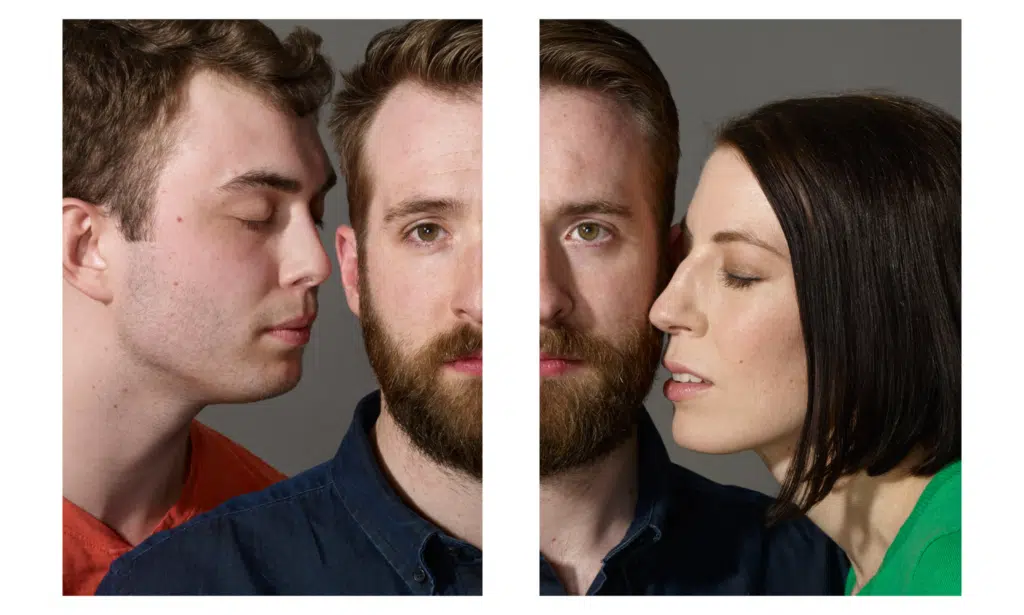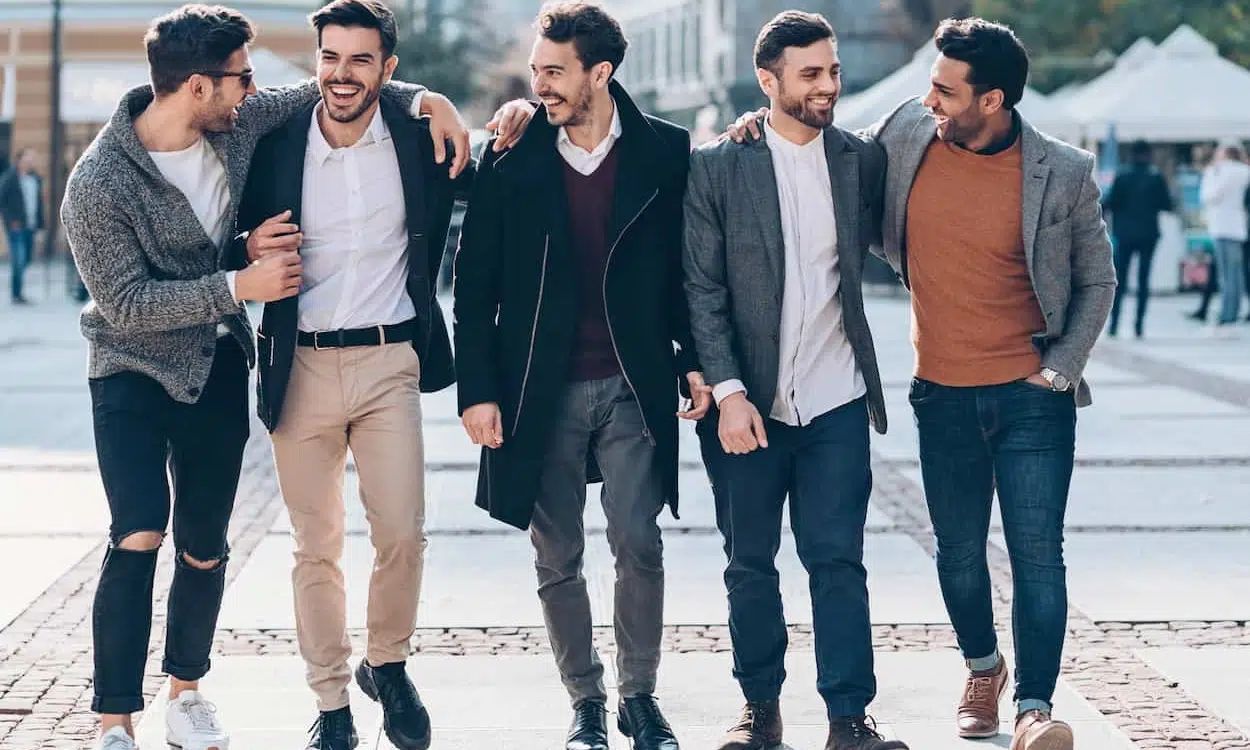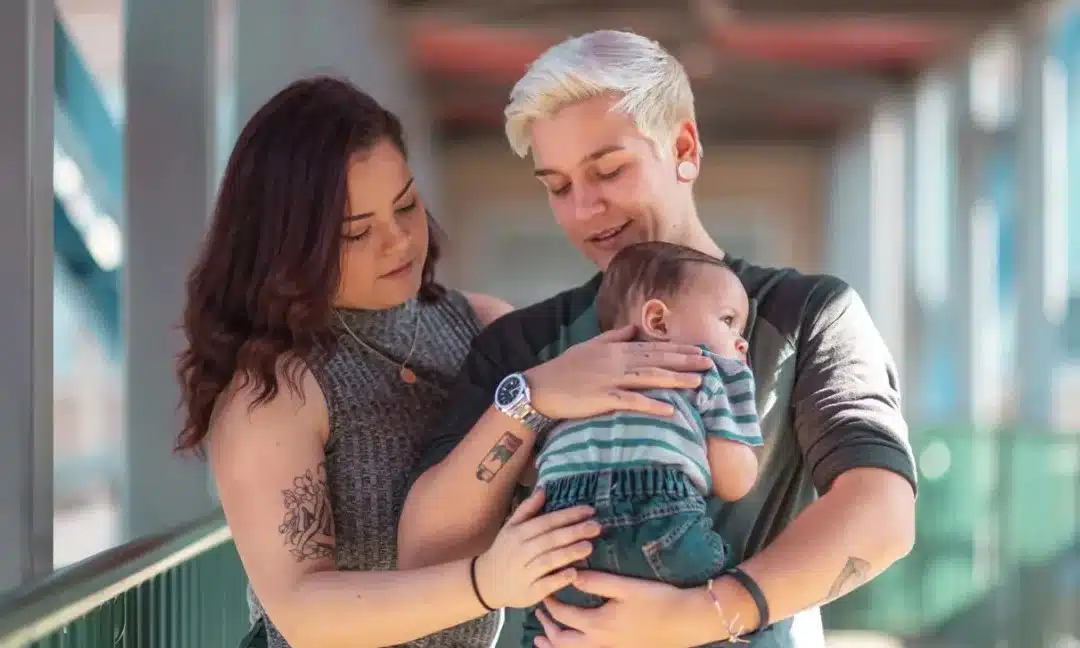Find the answers to frequently asked questions on bisexuality (Bisexual FAQ).
Note: If you want to read more articles like this, please visit our Gaytopia site.

©Hannah Whitaker / The New York Times
Some of the most common Bisexual FAQ
What does bisexual mean?
In simplest terms, a bisexual person is someone who can be attracted to more than one gender, but adults and youth who identify as bisexual sometimes describe themselves differently. This broad definition of bisexuality includes people who identify as pansexual, queer, fluid, and other labels that suggest potential attraction to more than one gender.
How many people are bisexual?
According to the Williams Institute and the HRC Foundation’s research, studies suggest that about 50 percent of people who identify as either gay, lesbian or bisexual identify as bisexual. This makes the bisexual population the single largest group within the LGBTQ+ community
Can a transgender person also be bisexual?
Yes, and some are. Because sexual orientation refers to a person’s sexual or romantic attraction and gender identity is about how people identify themselves along the spectrum of gender, transgender people can identify as lesbian, gay, straight, bisexual, queer, or any other sexual orientation.
What is biphobia?
Biphobia is prejudice, fear, or hatred directed toward bisexual people. It can include making jokes or comments based on myths and stereotypes that seek to undermine the legitimacy of bisexual identity, like “bisexuality is a phase” or “bisexual people are greedy.” Biphobia occurs both within and outside of the LGBTQ+ community.
What are some of the unique issues that bisexual people face?
Bisexual people often face exclusion in LGBTQ+ spaces and discussions. They may experience biphobia and be made to feel invisible. Due to biphobia and bi-erasure, bisexual individuals have higher rates of depression, anxiety, domestic violence, sexual assault, and poverty compared to other groups. Furthermore, they also encounter disparities in healthcare and may experience biphobia and sexual harassment from a young age.
We hope we answered some of your most crucial questions in our Bisexual FAQ. If you have any further questions, don’t hesitate to ask us in the comments below.
References and sources:
Photo credits:
Feature photo Credits: ©Hannah Whitaker / The New York Times



